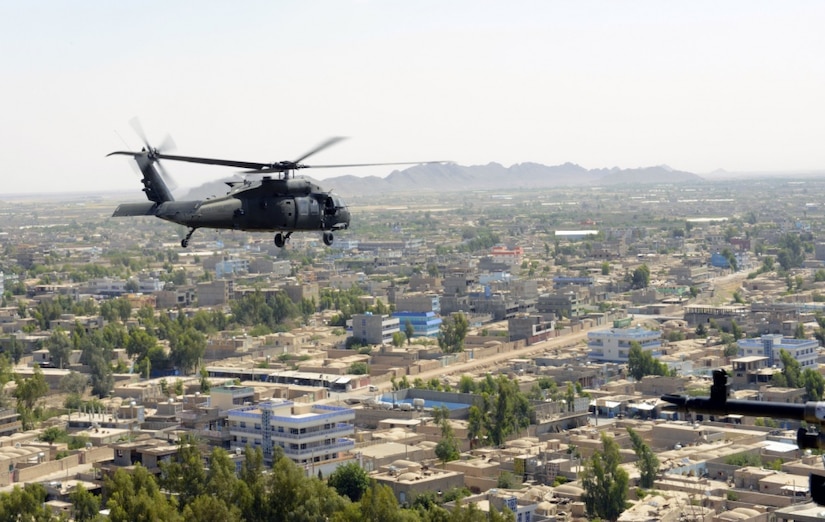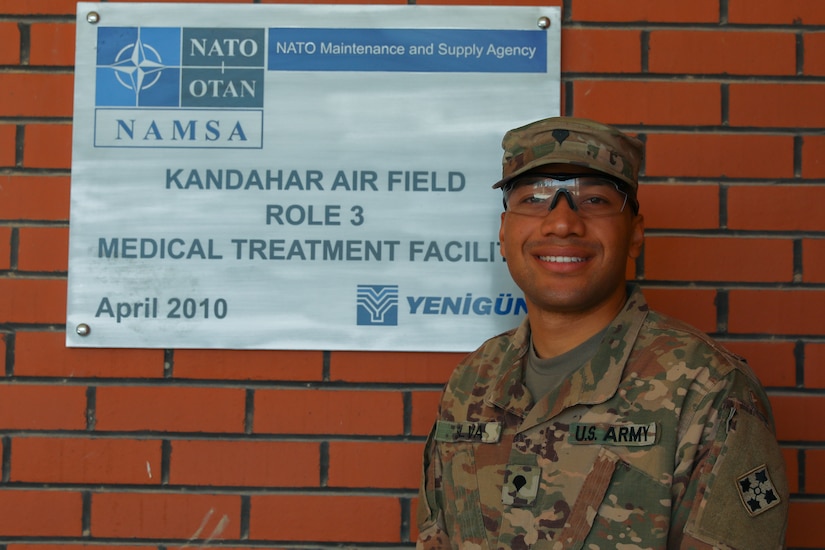Maalik Alim Jones, 33, of Baltimore, Maryland, was sentenced
today to 35 years in prison, to be followed by five years of supervised
release, for conspiring to provide material support to al-Shabaab, a designated
foreign terrorist organization based in Somalia, conspiring to receive military
training from al-Shabaab, and carrying and using an AK-47 machinegun,
rocket-propelled grenades, and other destructive devices in furtherance of his
support for al-Shabaab. Jones pleaded
guilty on Sept. 8, 2017, to a three-count Superseding Information.
Assistant Attorney General for National Security John C.
Demers and U.S. Attorney Geoffrey S. Berman for the Southern District of New
York made the announcement. U.S.
District Judge Paul G. Gardephe imposed Jones’s sentence.
“U.S. citizens who travel overseas to fight with a terrorist
organization – which is what Jones did – betray our country and pose a serious
threat to our national security,” said Assistant Attorney General Demers. “The National Security Division remains committed
to committed to identifying and stopping terrorists like Jones, and we will
hold them accountable. Credit goes to
all those who worked so tirelessly to bring Jones to justice.”
“We may never know what drove Maalik Jones to travel to
Somalia and pledge allegiance to al Shabaab, a terrorist organization that has
vowed to destroy America,” said U.S. Attorney Berman. “But we do know that with today’s sentence,
Jones is no longer a threat to America’s ideals.”
According to the Complaint, the Indictment, the Superseding
Information, and statements made in court proceedings, including at sentencing:
In July 2011, Jones left Baltimore to join al-Shabaab in
Somalia. Jones traveled to New York
City, then flew via commercial aircraft to Kenya, with stopovers in Morocco and
the United Arab Emirates. After arriving
in Kenya, Jones traveled by land from Kenya to Somalia, which is a common
travel route for foreign fighters traveling to Somalia to join al-Shabaab.
In Somalia, Jones joined al-Shabaab and was a member of the
terrorist organization for approximately four years. During this time, Jones trained, worked and
fought with al-Shabaab in Somalia. Among
other things, Jones received three months of military training at an al-Shabaab
training camp, where he learned, among other things, how to operate an AK-47
assault rifle and rocket-propelled grenades.
Upon completion of this training, Jones also was assigned to
al-Shabaab’s specialized fighting force, Jaysh Ayman, and participated in
combat against soldiers of the Kenyan government on behalf of al-Shabaab.
In particular, after joining Jaysh Ayman, Jones and his
Jaysh Ayman unit participated in a battle in Afmadow, Somalia, against Kenyan
government soldiers. Jones, armed with
an AK-47 rifle, engaged in the fighting until he was injured by a missile and
then hospitalized. After his release
from the hospital, Jones continued to operate with al-Shabaab and, in
particular, Jaysh Ayman.
Jones has appeared with other al-Shabaab fighters in videos
that were recovered from an al-Shabaab fighter who participated in and was
killed during the aforementioned Lamu Attack.
In one of the videos, Jones can be seen holding a firearm, and in the
company of several al-Shabaab fighters.
The al-Shabaab fighters are depicted greeting each other, hugging each
other and carrying firearms.
On Dec. 7, 2015, Jones was taken into custody by Somali
authorities while he was attempting to procure a boat to depart Somalia for
Yemen.
*
* *
Mr. Demers and Mr. Berman praised the investigative work of
the FBI’s New York Joint Terrorism Task Force – which principally consists of
agents from the FBI and detectives from the NYPD. Mr. Berman also thanked the U.S. Department
of Justice’s National Security Division and Office of International Affairs,
and the U.S. Department of State, for their assistance.
Assistant U.S. Attorneys Andrew J. DeFilippis and Shawn G.
Crowley of the Southern District of New York, and Trial







